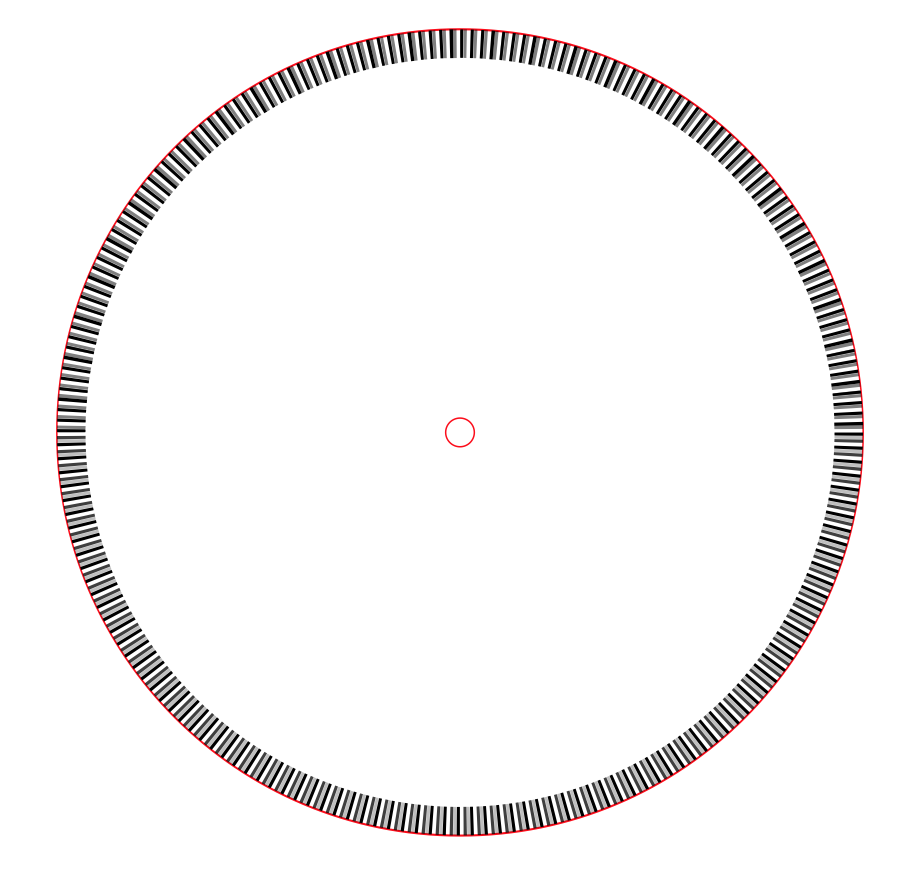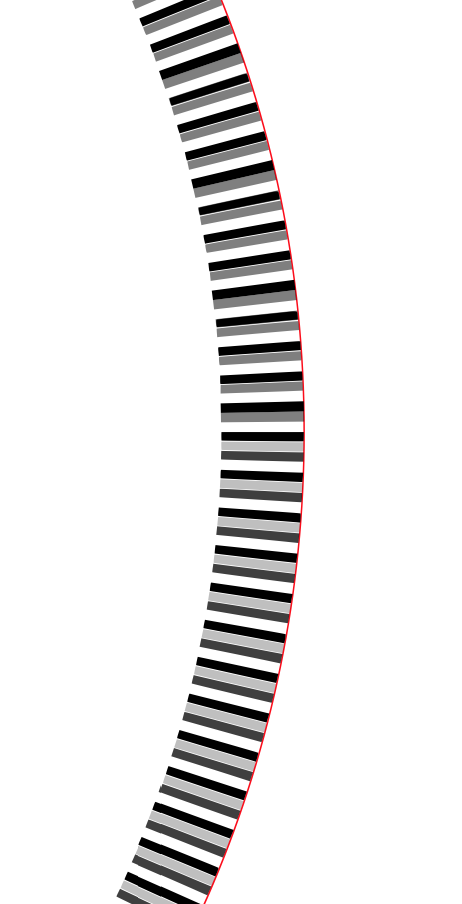| Base/Discrete Light
Levels |
Positions
(Transmitter/Receiver Pairs) |
Combinations |
| 2 |
10 |
1024 |
| 3 |
6 |
729 |
| 4 |
5 |
1024 |
| 5 |
5 |
3125 |
| 6 |
4 |
1296 |
| 7 |
4 |
2401 |
| 8 |
4 |
4096 |


| Speed |
Power |
Notes |
|
| Raster |
100 |
40 |
600 dpi |
| Vector |
15 |
100 |
5,000 Hz |